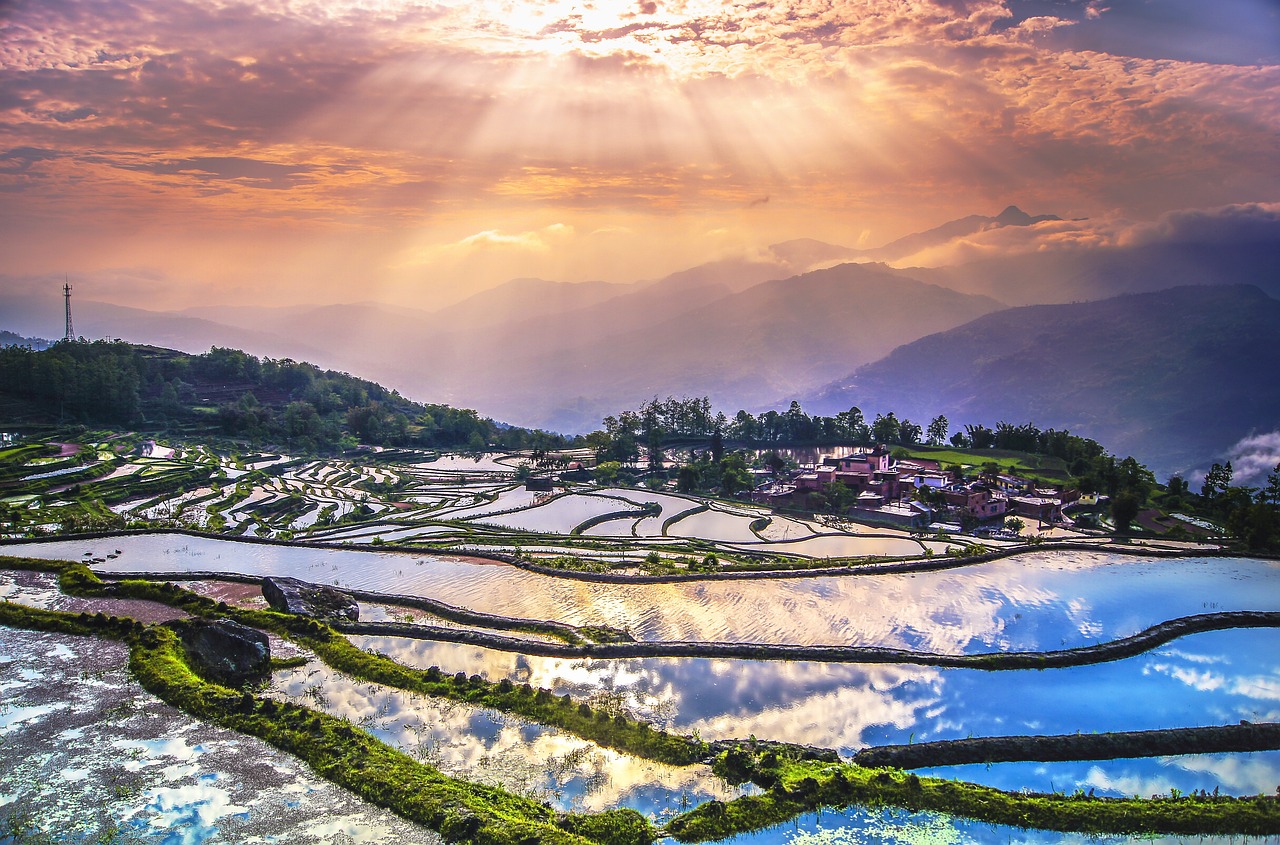Quick Bits:
Yunnan, a province in southwestern China, is a land of dramatic landscapes and diverse cultures. Known for its snow-capped mountains, verdant valleys, and vibrant traditions, Yunnan offers travelers an unparalleled mix of natural wonders and cultural experiences.
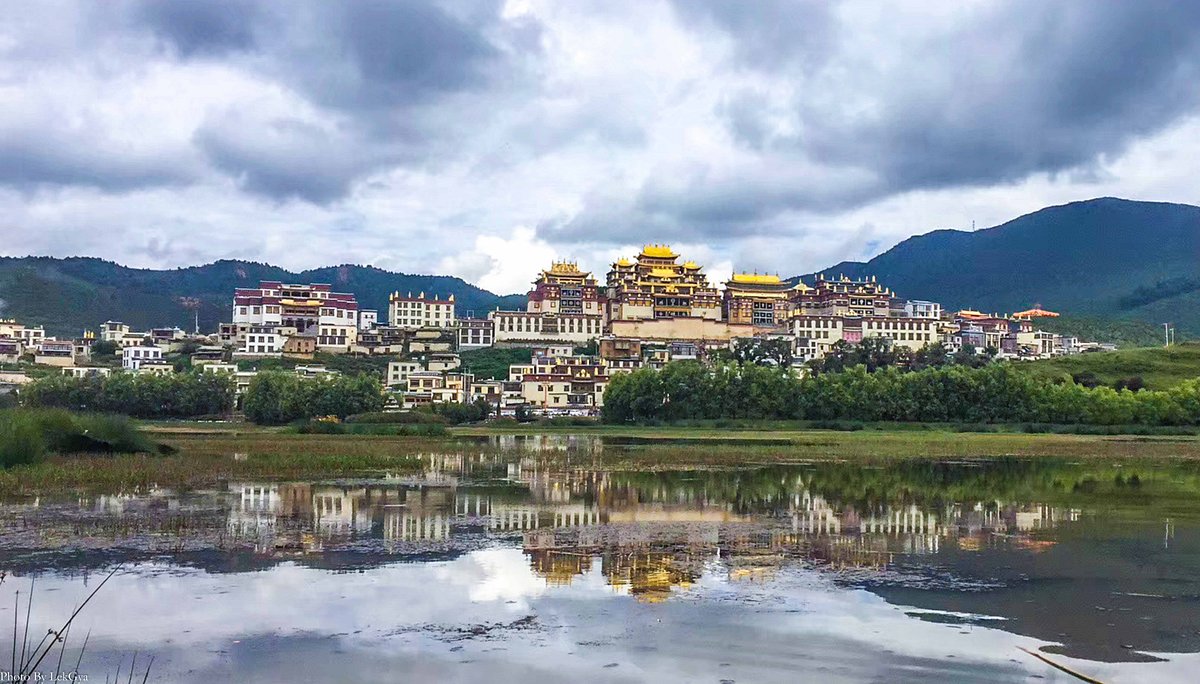
Key Highlights
- Home to 25 ethnic minority groups
- Features stunning UNESCO World Heritage Sites
- A paradise for outdoor enthusiasts and culture seekers
- Mild climate year-round, ideal for travel
General Information
Yunnan is one of China’s most picturesque and culturally rich provinces. The name “Yunnan” translates to “South of the Clouds,” reflecting the region’s lofty altitudes and dreamlike scenery. It covers approximately 394,000 square kilometers and has a population of over 47 million.
The province is an important historical crossroads where the ancient Tea Horse Road once flourished. Today, Yunnan stands as a top destination for those seeking tranquility, adventure, or cultural immersion.
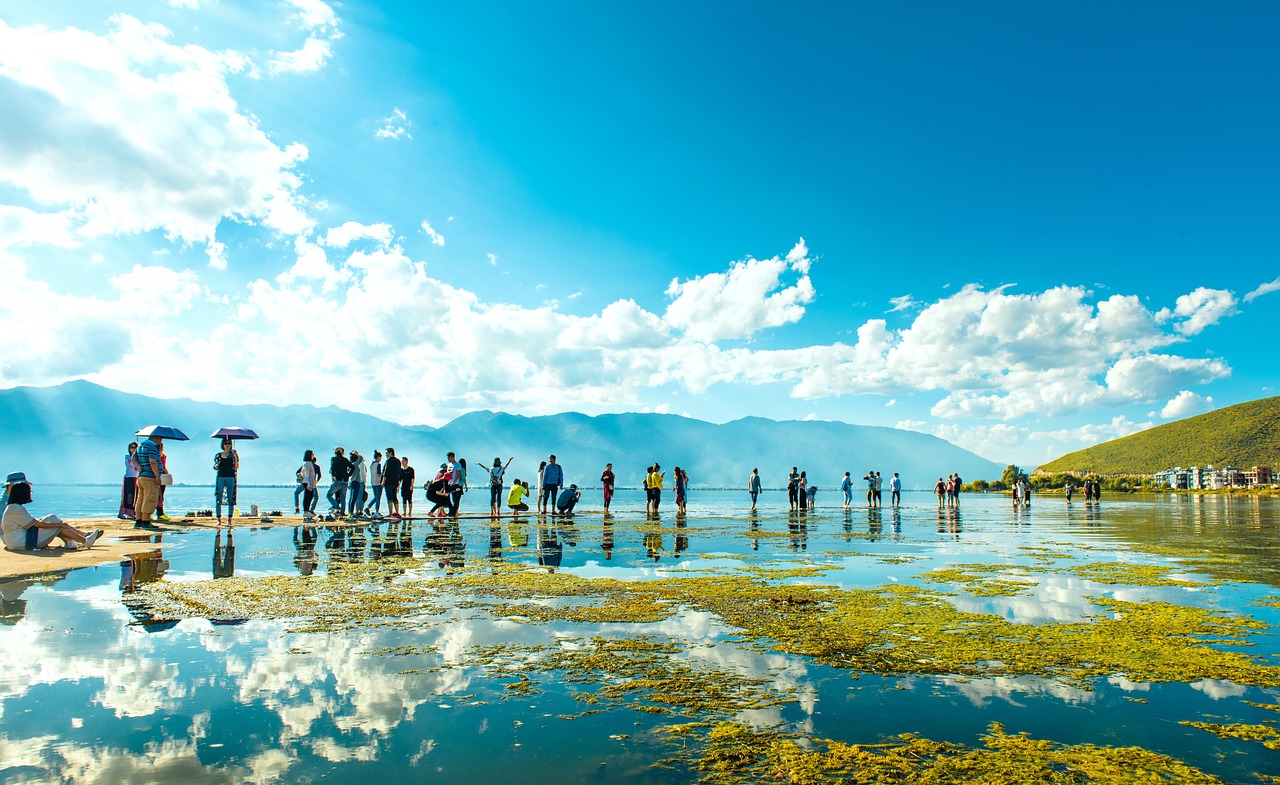
Geography Information
Yunnan’s geography is diverse, ranging from towering peaks to lush jungles. The province borders Myanmar, Laos, and Vietnam, making it a key gateway to Southeast Asia. The eastern part features karst landscapes with limestone formations, while the west is dominated by the Hengduan Mountains.
Key geographical highlights:
- Plateaus: Kunming lies on a high plateau, earning it the nickname “Spring City.”
- Rivers: Major rivers like the Yangtze, Mekong, and Salween carve their way through the region.
- Mountains: Jade Dragon Snow Mountain and Meili Snow Mountain are iconic peaks.
- Forests: Xishuangbanna boasts tropical rainforests teeming with wildlife.
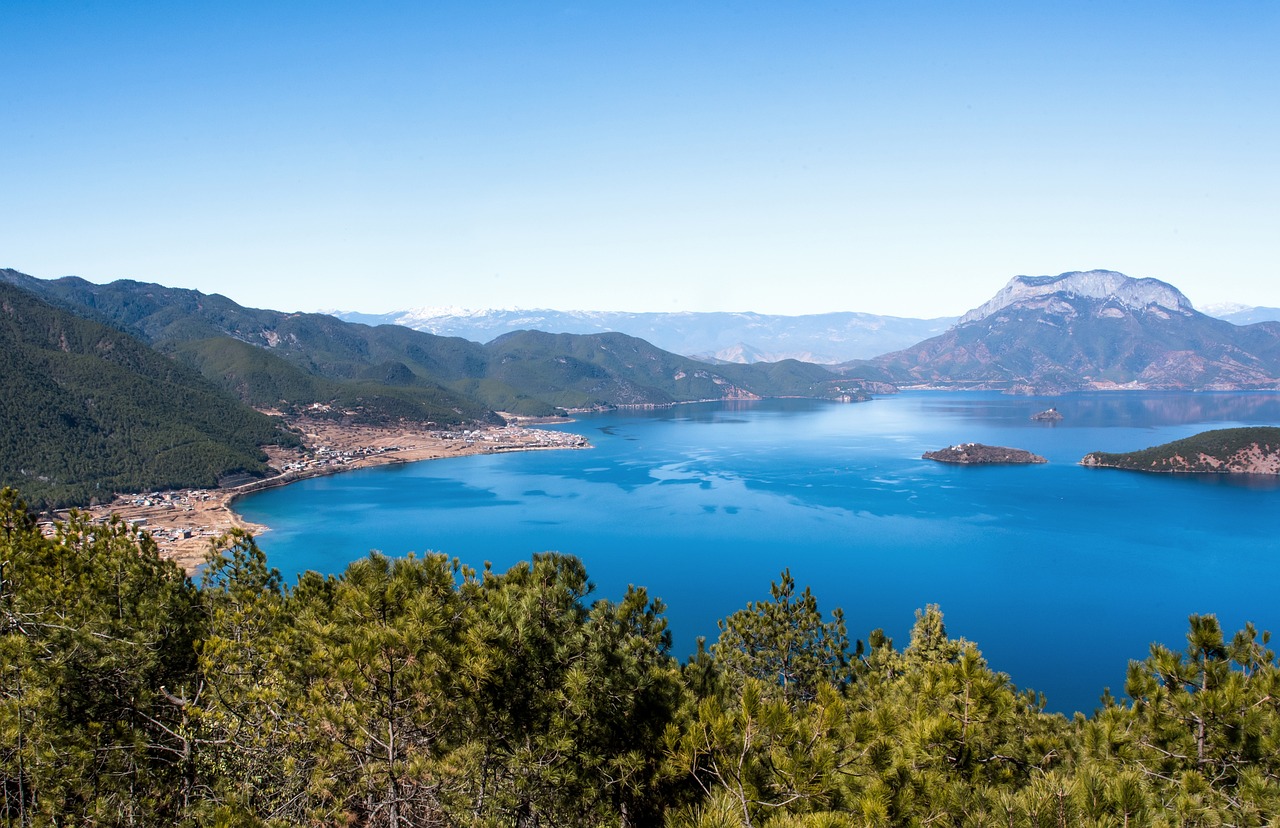
Places to Visit
1. Lijiang Old Town
A UNESCO World Heritage Site, Lijiang’s cobblestone streets, canals, and traditional Naxi architecture transport visitors to ancient China.
2. Dali
Nestled between Cangshan Mountain and Erhai Lake, Dali is a haven for those seeking serene landscapes and Bai culture.
3. Shangri-La
Formerly known as Zhongdian, Shangri-La offers a gateway to Tibetan culture, complete with monasteries, alpine meadows, and pristine lakes.
4. Kunming
The provincial capital is renowned for the Stone Forest, a surreal collection of towering limestone formations.
5. Yuanyang Rice Terraces
These ingeniously engineered terraces, sculpted by the Hani people, are breathtaking, especially at sunrise.
6. Tiger Leaping Gorge
One of the world’s deepest canyons, Tiger Leaping Gorge is a trekker’s paradise with its roaring rapids and dramatic cliffs.
7. Xishuangbanna
Experience a slice of the tropics with lush jungles, elephant sanctuaries, and Dai minority culture.
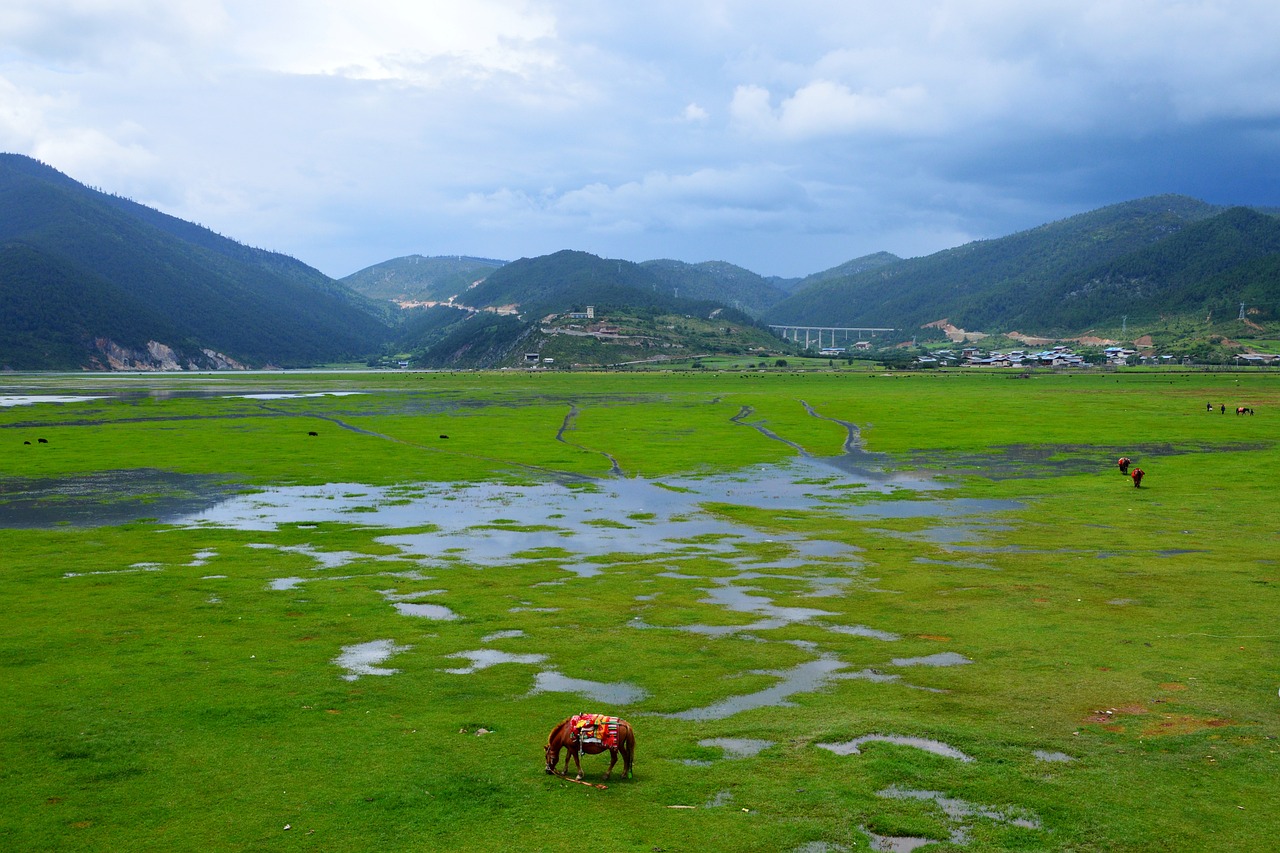
Yearly Climate
Yunnan enjoys a mild and pleasant climate due to its varied topography and altitude.
- Spring (March-May): Warm and blooming; perfect for exploring flower fields.
- Summer (June-August): Rainy season but excellent for lush greenery and waterfalls.
- Autumn (September-November): Cool and clear, ideal for photography and trekking.
- Winter (December-February): Crisp air and snow in higher altitudes; great for cultural festivals.
Temperature ranges:
- Plains and valleys: 10°C to 30°C
- Mountainous regions: -5°C to 20°C
Best Time of Year to Visit
The best time to visit Yunnan is during autumn (September to November) when the weather is dry and the skies are clear. The rice terraces are golden, and the landscapes are photogenic. Spring (March to May) is also ideal for enjoying the province’s flora, especially the cherry blossoms in Dali and rhododendrons in Shangri-La.
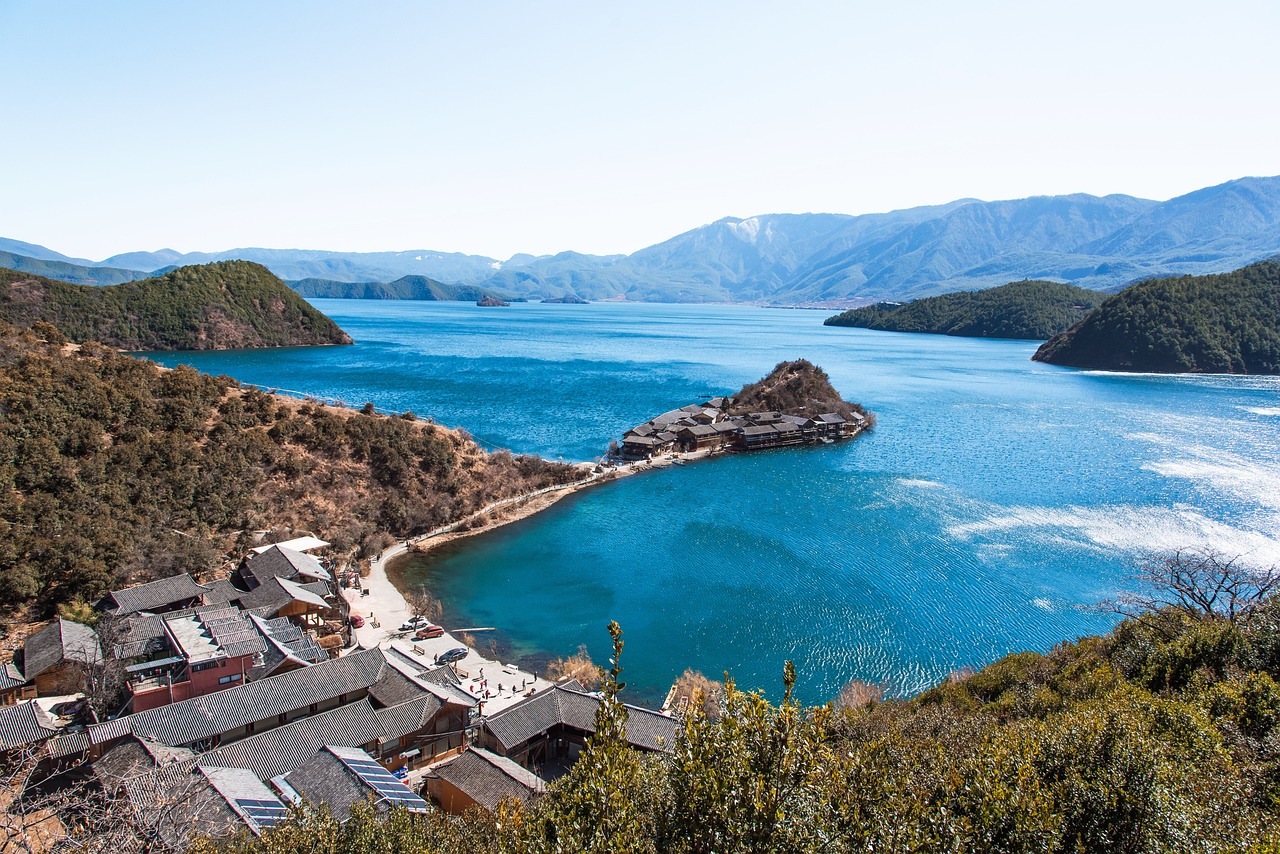
In Summary…
Yunnan is a province of immense beauty and cultural richness. From its misty mountains to its lively markets, it offers something for every traveler. Whether you’re a history buff, a nature lover, or someone looking for a unique cultural experience, Yunnan will leave you in awe.

